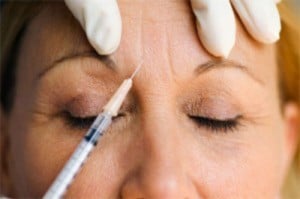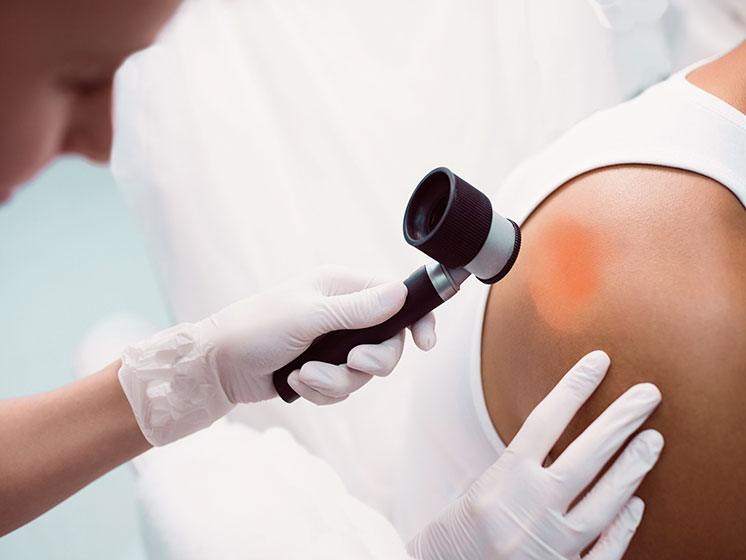Mohs Surgical Treatment Explained: A Key Treatment in Dermatology for Handling Skin Cancer Cells Effectively
In the realm of dermatology, Mohs surgical procedure stands as a pivotal treatment for combating skin cancer, specifically basic cell and squamous cell carcinoma. This detailed surgical method, conceived by Dr. hair loss. Frederic E. Mohs, focuses on the specific excision of cancerous skin layers, leaving healthy tissue unblemished. Yet what precisely makes Mohs surgery so effective and exactly how does it add to favorable person outcomes? As we dive much deeper right into the process, its advantages, and potential problems, truth value of this procedure comes to be increasingly obvious.
Understanding the Basics of Mohs Surgical Procedure
Although it could appear complex, Mohs surgical procedure is a precise surgical method utilized predominantly to treat skin cancer. The main objective of Mohs surgical treatment is to remove all cancer cells while sparing as much healthy and balanced tissue as feasible. Its accuracy and high success price have made Mohs surgical procedure a foundation in dermatology, using hope to individuals worldwide.

The Procedure: Step-by-Step Malfunction of Mohs Surgical Treatment
While Mohs surgical treatment might seem complicated, comprehending the detailed treatment can help demystify the process. The procedure starts with the specialist eliminating a slim layer of visible cancerous skin. This layer is then meticulously examined under a microscope for cancer cells. If cancer cells are detected, the cosmetic surgeon gets rid of another layer of skin and the procedure is duplicated. This cycle continues till no even more cancer cells are found, guaranteeing the full removal of cancer while maintaining as much healthy skin as possible. The wound is then closed using stitches, a skin graft, or it might be delegated heal normally. Postoperative treatment is necessary to promote recovery and monitor for any kind of indications of reappearance.
The Advantages of Mohs Surgical Procedure in Skin Cancer Cells Therapy
An impressive number of clients have actually navigate to this website discovered the special advantages of Mohs surgical treatment in their fight versus skin cancer. The procedure is generally executed on an outpatient basis under neighborhood anesthesia, making it much less tiring on the body than even more intrusive surgical treatments. mohs surgery. Mohs surgical procedure provides a premium choice for reliable skin cancer treatment.
Feasible Risks and Issues Connected With Mohs Surgical Treatment
Regardless of its various advantages, Mohs surgery is not without prospective threats and issues. Like all procedures, it carries a danger of infection, bleeding, and an adverse response to anesthesia. In rare instances, patients may experience nerve damages, my company resulting in pins and needles or weakness in the area of surgery. There's also the opportunity of a reoccurrence or spread of skin cancer, particularly if all malignant cells were not completely removed during the procedure. Scarring is an additional issue, as it can be visible relying on the size and area of the cured location. Finally, the psychological impact of a skin cancer medical diagnosis and subsequent surgical procedure need to not be underestimated, as it can lead to stress and anxiety and depression in some clients.
Planning for and Recouping From Mohs Surgery: What to Anticipate
To guarantee the very best possible end result from Mohs surgical procedure, patients need to adequately plan for the procedure and recognize what to expect during healing. Prep work usually entails an in-depth discussion with the medical care service provider regarding the client's case history, existing medicines, and potential allergies. Some medicines may require to be stopped prior to the surgery to minimize blood loss. Postoperative care is important for successful recuperation. Patients might experience mild discomfort, soreness, or swelling, which can be taken care of with recommended medications. They are recommended to relax, avoid laborious tasks, and maintain the surgical site clean and completely dry. Regular follow-ups are necessary to check healing and spot any kind of difficulties early. The key to healing holds your horses' adherence to their health care provider's guidelines.
Conclusion
